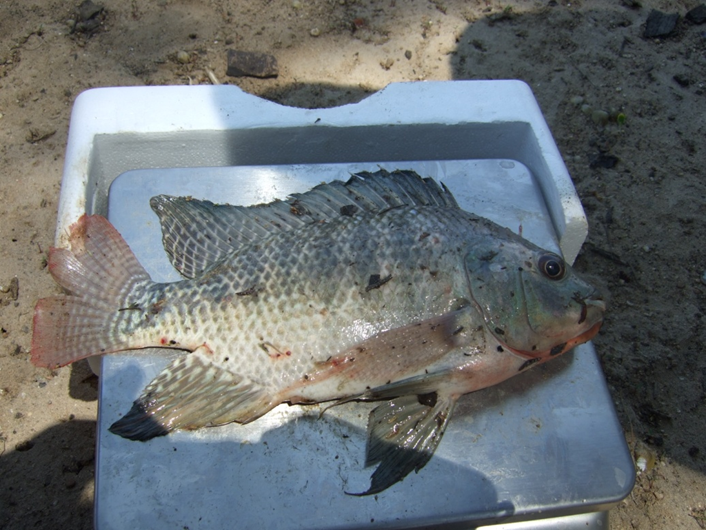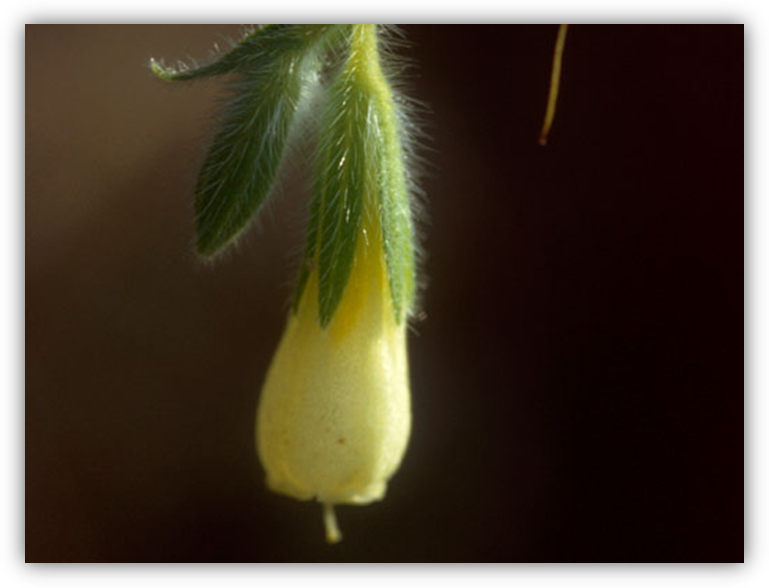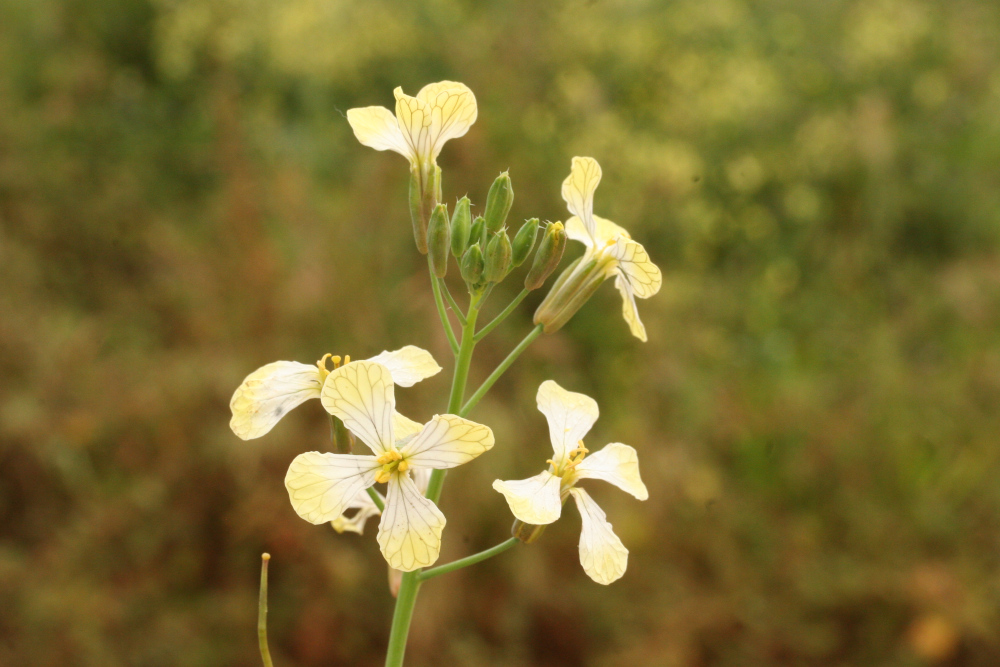Assessing the ecological risk of Nile tilapia in the Limpopo River basin
Ecological risk assessments are used to identify potential invasive species from the pool of introduced species in a given country or area, and to assess the seriousness of their impacts. C·I·B researchers have developed a qualitative risk assessment method for determining the risk of establishment and spread of the invasive Nile tilapia (Oreochromis niloticus) in the Limpopo River basin in northern South Africa.





